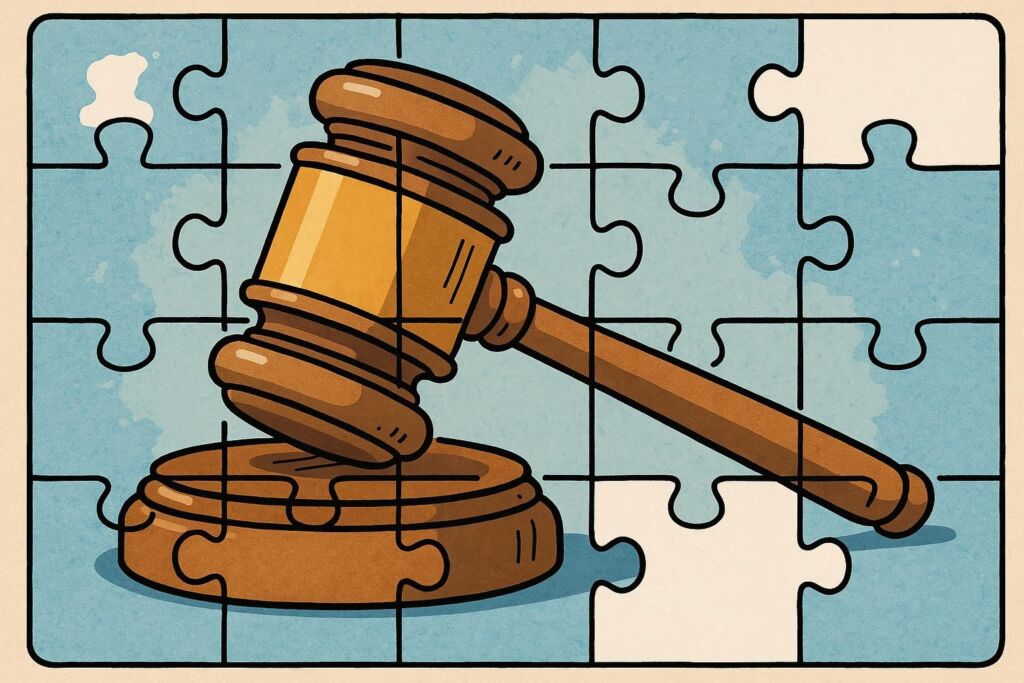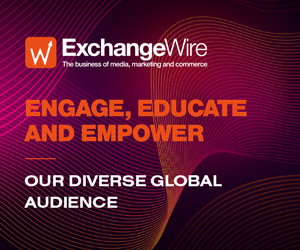Navigating the Global Puzzle of Ad Tech Laws
by on 9th Oct 2025 in News

Global ad laws were already a patchwork. Then came AI. Faster, fuzzier, and harder to govern. Between fines, fragmented consent rules, and legal grey zones, it's a struggle to keep up. Avya Chaudhary uncovers what brands are quietly doing to solve the legal puzzle...
If 2025 proved anything, it is that the advertising supply chain is still built on fragile legal ground. TikTok was fined €530m (£460.8m) after Ireland’s data regulator found that Chinese engineers continued accessing EU user information without proper safeguards. Google followed with a USD$425m (£316.6m) class action suit for collecting user data even after tracking features had been turned off.
For Utiq UK’s managing director, Sara Vincent, these flashpoints reflect a broader divergence between how platforms monetise data and how governments intend to control it: "Large brands, in particular, face the challenge of keeping up with rapidly evolving regulations wherever they operate, knowing they will be held publicly accountable by regulators," says Sara. "With data privacy already one of the most complex and heavily fined areas of global compliance, this is a pressing issue."
The broken infrastructure behind global ad compliance
The clash between regulation and advertising starts long before creative review or media buying: it begins at the consent layer. Each major privacy law defines consent and data localisation on its own terms: the GDPR requires opt-in for personalized ads, the CCPA offers opt-out, Brazil’s LGPD takes a hybrid approach, and China’s PIPL mandates both purpose-specific consent and in-country data storage.
Cross-border ad delivery is treated just as inconsistently. A basic retargeting campaign might be fully compliant in one region, and in violation the moment it crosses a jurisdictional boundary. As brands scale, mapping the correct consent rules to each user segment becomes exponentially harder, especially when campaigns are built across multiple platforms, markets, and vendors.
A lack of internal alignment between legal, compliance, and marketing only adds to the brand woes. Campaigns that take marketing hours to assemble can take legal teams weeks to approve, by which point, ad platforms may have already changed their formats or targeting logic. The chaos compounds as more actors enter the chain: influencers, affiliates, and programmatic platforms. Disclosure rules get treated as flexible guidelines, not legal requirements. Ad delivery paths become so fragmented that tracing user consent becomes a painful exercise: one most brands are neither equipped to perform nor have the bandwidth to navigate.
The Threat of AI
But for Sara, the challenges around privacy and consent are only half the picture. The larger threat is AI-generated content– a legal gray area that’s rapidly expanding. Synthetic media can mimic real faces, voices, and writing styles without ever using the original data directly, yet still fall foul of GDPR’s "identifiable data" standard. Even when the output is technically artificial, regulators treat it as personal data if it resembles an actual person.
Worse, most AI models are trained on scraped data with no audit trail, putting advertisers at risk of violating processing and retention clauses under GDPR and CCPA. Even "lookalike audiences", once seen as harmless extrapolation, now inch toward unlawful profiling under Article 22.
"If a bot impersonates your spokesperson convincingly, are you accountable for what it says?" asks Sara. Her question points to a larger dilemma facing brands: can compliance evolve at the same speed as AI-generated content? Some believe it can, and have already begun testing internal guardrails long before regulators force their hand.
Navigating the cross-border advertising with data
Antonina Burlachenko, who leads quality and regulatory consulting at Star Global, argues that the right strategy is not to wait for regulators to settle the rules but to design systems that anticipate them. "Build systems and guidelines that address today’s needs while preparing for tomorrow," she advises. At the core of her prescription is building AI literacy for marketing teams – understanding how tools affect brand reputation, data security, and regulatory responsibilities.
Marketing teams need a clear picture of where AI is already influencing decisions across the stack. Every layer: content creation, targeting logic, personalisation workflows, or support automation should be mapped and updated as new tools enter the system. Antonina recommends building this inventory with legal oversight. "Work with your legal team and use a tracker to ensure full visibility, preventing unknowingly breaching any regulations," she says.
Such transparency begins with education and alignment. Feed AI systems with historical campaigns, high-performing CTAs, and widely recognised standards such as the ICC marketing codes, so the model understands the tone, sensitivity levels, and regional guardrails it must respect. Once the baseline is established, give it ownership in the form of "AI champions" within every sub-team: media, CRM, programmatic, creative to maintain prompt logs, host recurring "AI Clinics" to fine-tune live workflows across GDPR, CCPA, and PII constraints, and act as bridge nodes between legal, brand, and data privacy functions.
However, such "compliance monitoring without technology would be a monumental task and is prone to human error," warns Sara. And she’s right, no amount of AI literacy within teams can solve regulatory missteps if geography-specific blind spots remain unnoticed.
Structure and Standards
The solution lies in structure. Brands need a central compliance monitor– a unified dashboard that tracks country-specific ad laws, platform policies across Meta, Google, TikTok, or DSPs, and restricted content categories like healthcare, politics, or minors. To make it operational, this dashboard must be supported by regional compliance leads with clear escalation protocols instead of forcing every decision through headquarters.
Sara suggests investing in full legaltech stacks that can operate as real-time compliance monitors. These systems can be paired with AI-based scanners, such as LLM validators, which automatically review creative assets and targeting configurations for banned language, discriminatory filters, or profiling violations. In high-risk regions like the EU healthcare market or Gulf states, every campaign should go through a secondary local legal review before launch. "The cost of monitoring tech is minimal compared to the cost of a compliance crisis," urges Sara.
In 2026, there is no sign of a global reset for brands. Privacy laws will remain fragmented, AI risks will grow, and platforms will continue to push for hyperpersonalised advertising through user data. In the middle of that complexity, leading brands are building resilience with AI audits, consent mapping, local escalation protocols, and legal tech tools.
"The only way brands will succeed is by being transparent," says Antonina. "Disclaimers, proactive communication, and a strong stance on data ethics will become key to earning loyalty and standing out in a crowded market."











Follow ExchangeWire